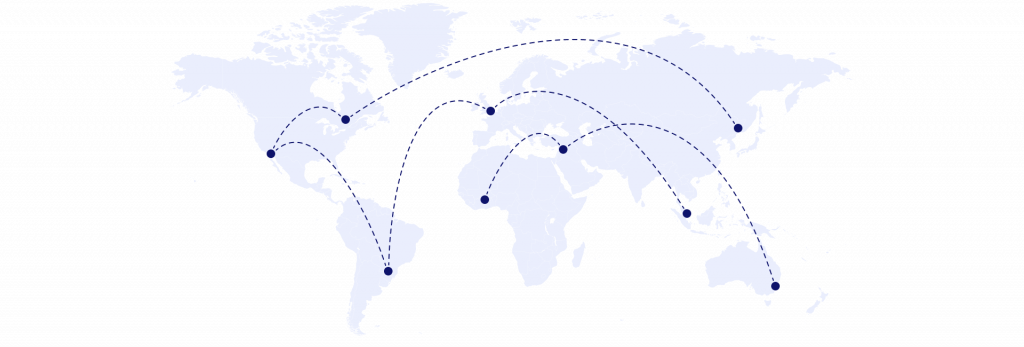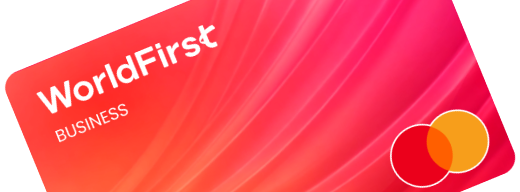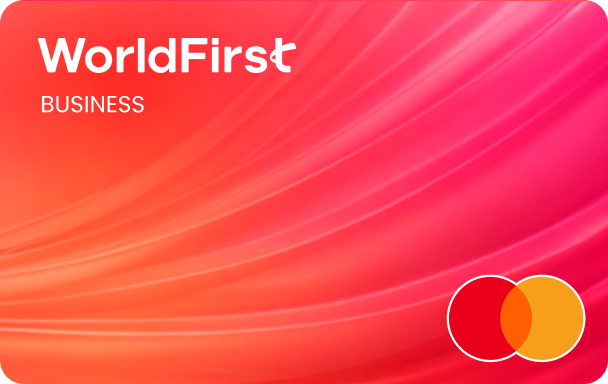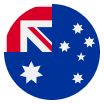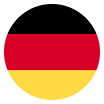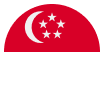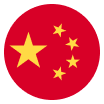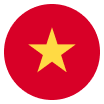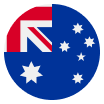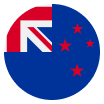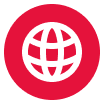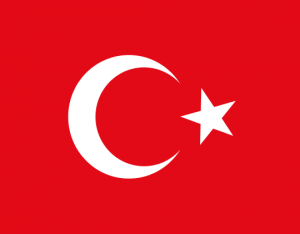The 2023 guide to finding suppliers in China
Once you’ve got a quality product, you need to find the right supplier, and China could be the place to serve your needs in 2023.
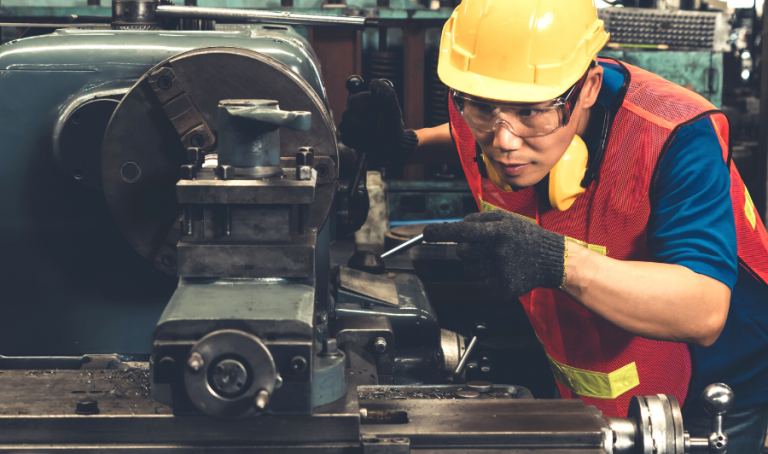
After hours of product research, you’ve landed on the ideal product to sell online. However, the process isn’t over yet – you still need to find a supplier for the product in your online store. China may just the right country to serve your product supply needs.
Seen as the global manufacturing hub, China boasts an established manufacturing infrastructure that allows mass production and economies of scale. Lower wages, which are typically the largest cost to a business, and easily accessible materials mean that you can buy your products at a lower price and resell for profit.
How to find suppliers in China
For online seller, finding the right supplier in China can make or break the beginnings of your e-commerce store. A reliable supplier will ensure your product is of the highest quality, reducing customer complaints, refunds and damage to brand reputation.
Therefore, picking your supplier isn’t as easy as online shopping. Having a good strategy, solid knowledge of the processes and plenty of research to back up your decision will go a long way in helping you select the right supplier or factory.
Check Online directories
Alibaba.com
Alibaba.com is one of the best-known and most commonly used B2B marketplace to find suppliers in the western world. A majority of listings on the platform are made by manufacturers, allowing buyers to speak directly to them regarding any requirements or standard expectations of their product. With real-time chat translation in 17 languages, communication is simplified between the buyer and supplier. Here are some tips on how to find a reliable supplier on Alibaba:
Keep communications clear: Be direct yet respectful when communicating your requests. While real-time translation can reduce some language barriers, nothing beats providing politely worded, concise instructions or queries.
Request business licenses or certificates: As a buyer, it’s your responsibility to ensure your supplier is trustworthy. Requesting proof of their business registration and relevant certificates will help you shortlist your preferred supplier.
Order a sample: Many of the wholesale suppliers will allow buyers to order samples before committing to a large order. You’ll want to inspect a couple of samples to verify the quality.
Alibaba Trade Assurance: Alibaba Trade Assurance is a free program that protects customers until the product arrives and meets your expectations. If your product doesn’t arrive or is of a lower standard than agreed, Alibaba guarantees your money back and will handle any disputes on your behalf. Alibaba’s Trade Assurance has also started a credit-rating system, giving suppliers motivation to ensure on-time production and delivery.
Verified by Alibaba: Alibaba’s goal is to create a safe and easy buying environment for the customer. To facilitate this, they’ve created supplier profiles alongside products that are verified by Alibaba. These give you a better idea of whether a supplier is reliable.
1688.com
Not as widely known outside of China or Asia, 1688.com is China’s largest B2B wholesale marketplace dedicated to connecting Chinese buyers with domestic suppliers, manufacturers and wholesalers in the country. As such, the website has no international language support and payments can only be made via WorldFirst’s World Pay solution.
However, there are several reasons why e-commerce sellers may choose to source from 1688.com, including competitive pricing that’s up to 15 percent cheaper than other B2B platforms in China and a large selection of manufacturers and suppliers.
The minimum order quantity (MOQ) is also low compared to other platforms, sometimes just one or two items. This makes it the ideal place for sellers who are starting out or those wanting to expand their product range to test the waters. Orders can be delivered directly to warehouses of multiple major marketplaces within China to facilitate marketplace selling.
- Open 15+ local currency accounts and get paid like a local
- Pay suppliers, partners and staff worldwide in 100+ currencies
- Collect payments for free from 130+ marketplaces and payment gateways, including Amazon, Etsy, PayPal and Shopify
- Take control of spending with the World Card, a business expense card that saves you more with 1% cashback. Learn more
- Save with competitive exchange rates on currency conversions and transfers
- Lock in exchange rates for up to 24 months for cash flow certainty
Network with people who’ve done it before
Word of mouth referrals are the easiest and safest avenue when looking for reliable results. These referrals are advocates due to the service they received and you’re likely to receive the same experience. It’s always good to ask your professional and personal network for any supplier recommendations they may have.
If you’ve reached out to your network with no luck, other great referral avenues include private groups on social media platforms such as Facebook and LinkedIn, online forums or local meetups. While other sellers may not want to divulge their trade secrets or contact lists with you, most are willing to share tips on how to source from China, any setbacks you might encounter and how to manage the supplier relationship.
Visit trade shows & webinars
If you prefer face-to-face interactions with prospective manufacturers and suppliers, this is an excellent way to do so both in China and locally. Attending trade shows and fairs can give you a better understanding of the large scale and exhaustive products that help cement China’s reputation as the world’s top manufacturing country.
As you can expect, there are plenty of trade fairs in China both small and large. Many were crippled by COVID-19 but are slowly rebuilding its visitor base and exhibitor list. While you’ll likely find trade fairs for every niche, there are a few that are better-known globally for connecting buyers and sellers around the world.
Canton Fair (China Import & Export Fair)
The Canton Fair is held twice a year in Guangzhou, China in April and October. Beginning in 1957 and with over 100 events since, the fair is the oldest and largest of its kind in the country. It brings nearly 26,000 exhibitors and over 200,000 buyers from 210 countries. The extensive range of categories will provide a greater understanding of the market as well as the latest trends you may want to add to your product line. As the Canton Fair is predominantly for international buyers, there is a key focus on ensuring multiple language assistance for the variety of different country attendees.
In 2020, the 127th Canton Fair pivoted to a virtual format from 15 – 24 June. This set forth a new path for international trade, with 26,000 exhibitors displaying their products and negotiating with buyers virtually.
Local trade shows
Those not wishing to embark on international travel can explore local options that gather Chinese suppliers under one roof. Local trade show fairs are beneficial for local buyers as it allows you to begin building relationships with potential suppliers and inspect products, albeit on a much smaller scale. Post-Covid, there are fewer options to choose from, so it’s a good idea to stay up-to-date with organisations such as the Australia China Business Council and Alibaba ANZ, which previously hosted an annual Alibaba Ecosystem Expo and now runs regular webinars and networking events.
Once it resumes, the Alibaba Ecosystem Expo will allow ample opportunity to grow your network with potential suppliers within the ecosystem. The last event was held in Sydney, bringing together over 147 exhibitors at ICC Sydney.
You’ve done your research and picked a shortlist of suppliers but there are a few more steps before you can start selling in your e-commerce store. Below are a few considerations to run through with your selected suppliers to see if they can meet your business requirements.
Request samples
Sampling is an extremely important part of the process once you’ve shortlisted your suppliers. Items may look good in images or at exhibition stands at trade shows, but sampling offers a broader idea of the supplier’s ability to deliver acceptable quality, design and functionality before putting in an order for mass production.
Enquire about production times
Production times are typically dependent on the supplier’s capacity. This is an important factor to consider, as it gives you a better understanding of the supplier’s turnaround times for your products and allows you to plan your supply chain management and logistics.
Check minimum order quantities
Minimum order quantities (MOQ) refer to minimum order requirements from the supplier. Often mistaken as a firm figure provided by the supplier, it’s actually a negotiable amount. Understandably, reducing your minimum order quantity will result in an increase in production costs per unit. Therefore, it’s important to calculate the optimal amount of stock required at any given time, to avoid holding excess stock or selling out of popular products.
Pay your suppliers
WorldFirst’s World Account allows you to do businesses like a local and pay suppliers in over 40 currencies, including USD and RMB. Same-day payments are available for major currencies, while sellers can open local currency accounts in 10 currencies to collect from global marketplaces and payment gateways, hold funds or convert back to their local bank account.
Disclaimer: These comments are the views and opinions of the author and should not be construed as advice. You should act using your own information and judgement. Whilst information has been obtained from and is based upon multiple sources the author believes to be reliable, we do not guarantee its accuracy and it may be incomplete or condensed. All opinions and estimates constitute the author’s own judgement as of the date of the briefing and are subject to change without notice. Please consider FX derivatives are high risk, provide volatile returns and do not guarantee profits.


Guide to selling on Etsy Australia
Etsy is an online marketplace where business owners, artists, and individuals can sell their products.
Apr / 2025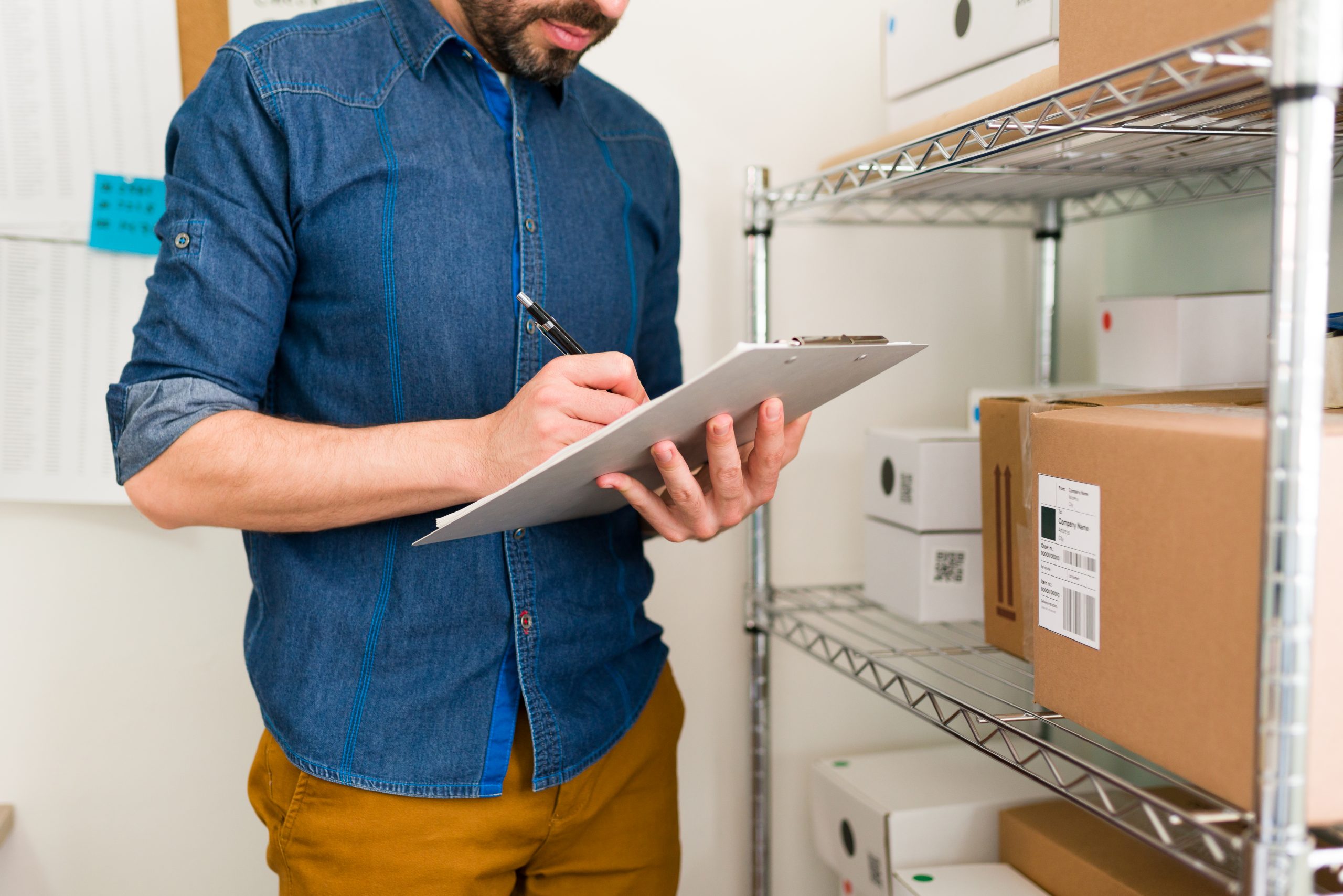
Amazon FBA Australia: Guide for new sellers
Amazon has been offering FBA services to Australian sellers since 2017. Take a look at our complete guide to Amazon FBA Australia
Apr / 2025
How to sell on Temu Australia
Learn how to sell on Temu Australia, from setting up a store to boosting sales. Discover key categories, fees, fulfillment options and tips for success.
Apr / 2025Choose a category below for more business, finance and foreign exchange support from WorldFirst.
- Almost 1,000,000 businesses have sent USD$300B around the world with WorldFirst and its partner brands since 2004
- Your money is safeguarded with leading financial institutions
